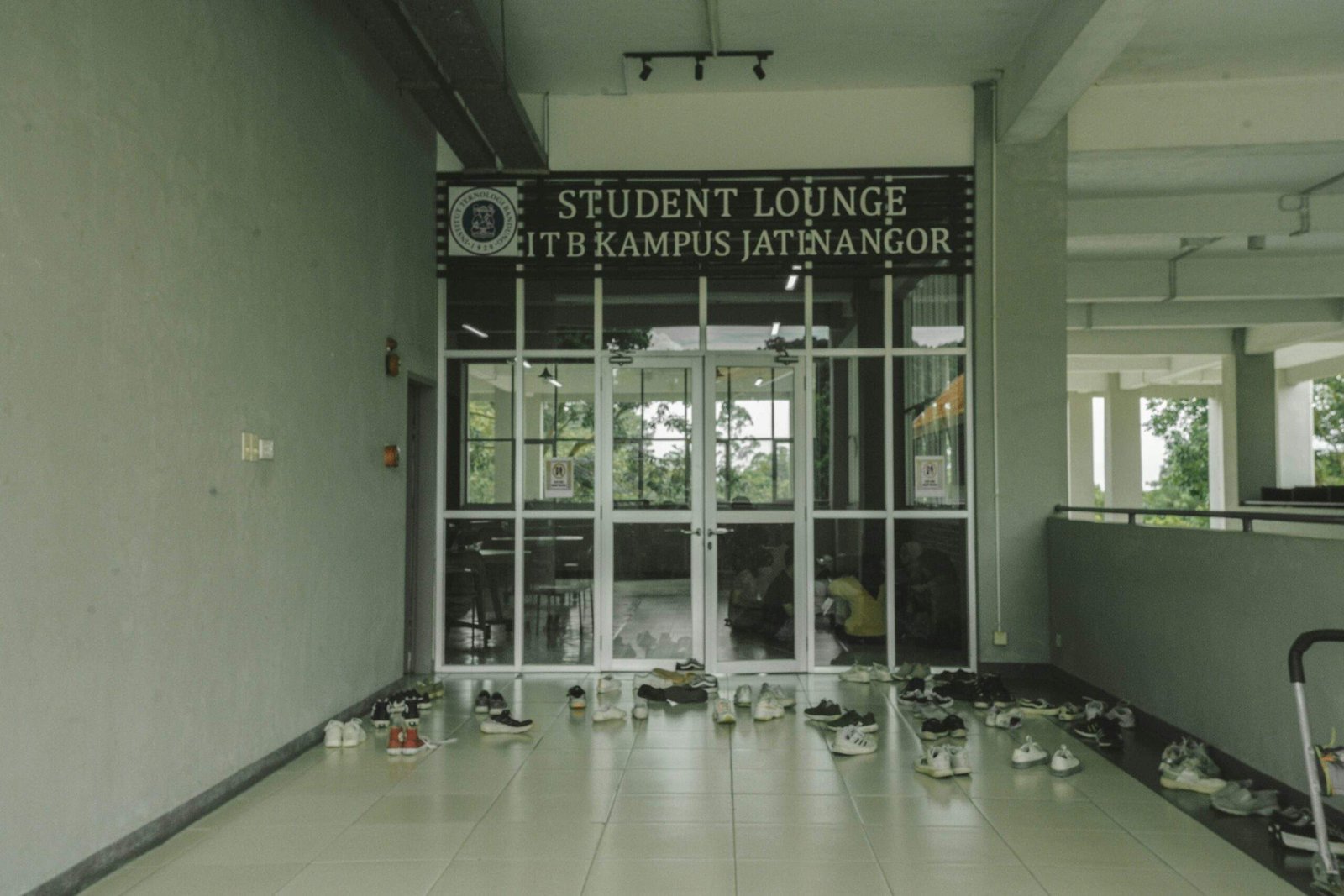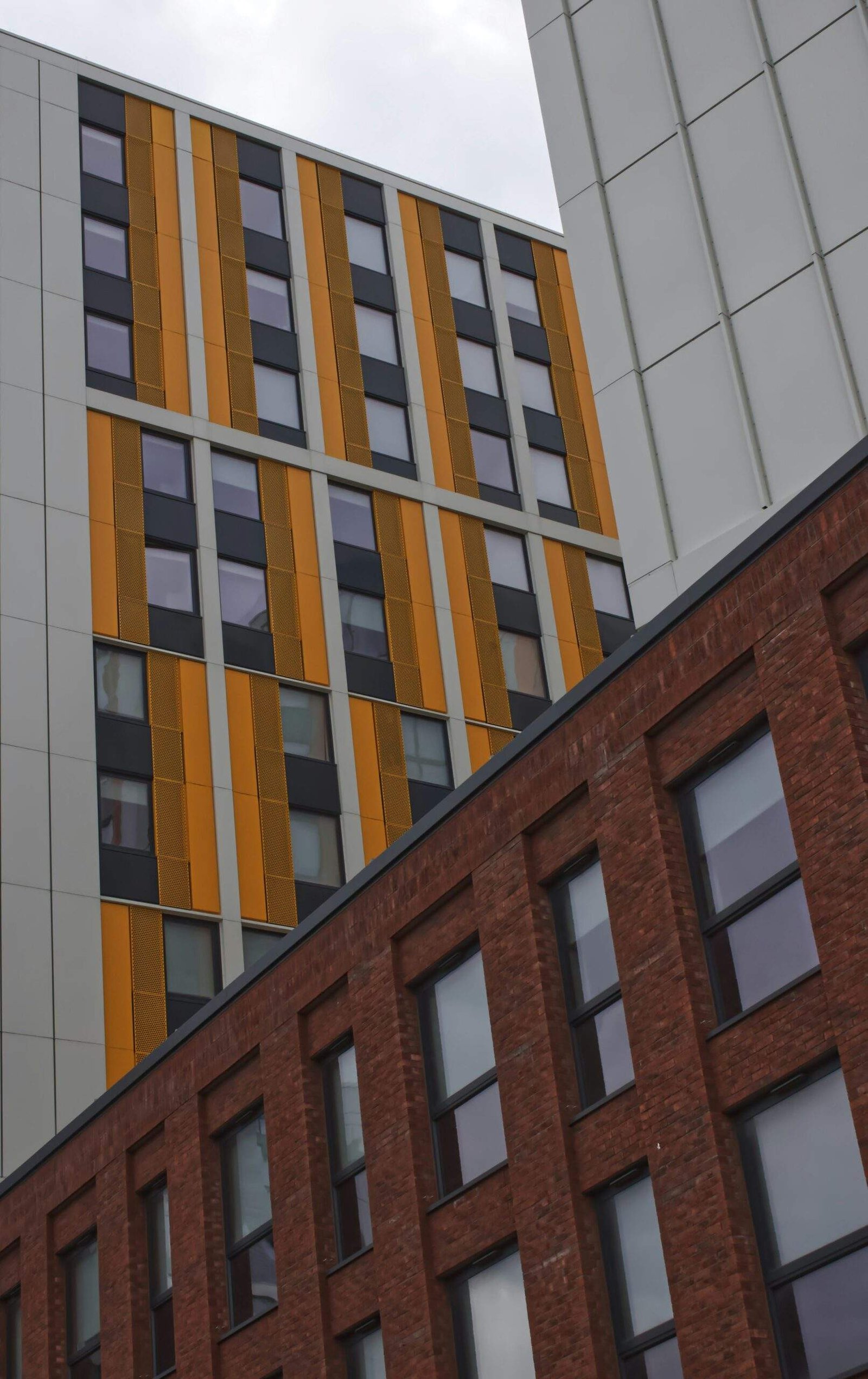Current Educational Landscape in Malta
Malta’s educational landscape is characterized by a diverse and structured system that encompasses primary, secondary, and tertiary levels. The governmental framework predominantly governs education, ensuring accessibility and promoting quality across all levels. The schooling system begins with primary education, designed for children aged between 5 and 11 years, followed by secondary education, which caters to those from 11 to 16 years. Both these stages are predominantly provided by public institutions; however, a number of private and international schools also contribute to the educational offering, catering to specific needs and preferences.
At the tertiary level, the University of Malta serves as the principal institution, offering a wide range of undergraduate and postgraduate programs. In addition to the University, a variety of private colleges and foreign universities maintain a presence in Malta, providing students with alternative study options. Student accommodation in Malta plays a crucial role in supporting the increasing influx of both local and international students, with numerous facilities available to accommodate diverse needs and budgets.
Government policies have consistently evolved to adapt to the changing educational requirements and demographic shifts. Initiatives have been implemented to enhance the overall quality of education, focusing on curriculum development and teacher training. These policies have influenced enrollment figures significantly, leading to steady growth in student numbers across both the public and private educational sectors. Between 2020 and 2023, the increase in enrollment has reflected an upward trend, prompting educational authorities to consider future strategies to sustain this growth. Such trends are crucial to monitor as they set the stage for potential developments anticipated in 2026. The commitment to fostering a robust educational environment is evident throughout Malta and plays a vital role in meeting the challenges posed by a globalizing education market.
Projected Enrollment Numbers for 2026
The landscape of higher education in Malta is undergoing significant transformation, with various factors influencing the projected student enrollment numbers for the year 2026. According to recent reports from educational authorities, the number of students enrolling in institutions such as the University of Malta is expected to witness a steady increase. This trend is anticipated to be driven by a combination of local population growth and an influx of international students seeking quality education in Malta.
Projections indicate that by 2026, the total student population in Malta could reach approximately 50,000, reflecting a rise of around 10% from current enrollment figures. This growth is partly attributed to demographic shifts, including an increase in the youth population and a higher participation rate in tertiary education. Moreover, the government’s continued investment in student accommodation in Malta is likely to further attract young learners from various backgrounds looking for a conducive learning environment.
Several factors are contributing to this upward trajectory in enrollment numbers. Firstly, Malta’s favorable immigration policy is drawing an influx of students from abroad, who are keen to pursue their studies in a multicultural environment. Secondly, localized economic conditions, bolstered by growing sectors such as technology and tourism, are convincing students that pursuing higher education in Malta is a strategic investment for their future careers. Additionally, changing educational policies aimed at enhancing accessibility and support for potential learners are expected to play a critical role in shaping enrollment patterns across the country.
As we approach 2026, monitoring these emerging trends will be crucial for educational institutions in Malta to effectively prepare for the new academic landscape. By understanding the dynamics influencing student enrollment, stakeholders can better implement strategies that accommodate the evolving needs of both local and international students.
Innovations and Changes in Educational Offerings
As Malta continues to position itself as a prominent educational hub in Europe, significant innovations and changes in educational offerings are anticipated by 2026. The Maltese landscape for higher education, particularly at institutions like the University of Malta, is expected to evolve, offering students more diverse options that cater to a globalized economy. One of the most notable developments is the introduction of new courses and vocational training programs that reflect industry demands and prepare students for the workforce. This shift will not only equip students with essential skills but will also enhance the attractiveness of student accommodation in Malta, as prospective students seek regions with comprehensive educational frameworks.
Technological integration in classrooms is another area poised for transformation. By leveraging advanced tools, including virtual and augmented reality, educational institutions can create interactive learning environments that cater to varied learning styles. Moreover, the increasing importance of STEM education highlights the necessity for enhanced programs in science, technology, engineering, and mathematics. This focus will not only empower students but also fortify Malta’s economy by producing a skilled workforce ready to meet the challenges of the future.
Furthermore, the rise of bilingual programs and online learning platforms is expected to diversify the student population in Malta. With the demand for education in multiple languages, programs designed for international students are likely to thrive, encouraging participants from various backgrounds to enroll in academic offerings. The convenience and flexibility of online learning provide an alternative route for those unable to commit to traditional classroom settings. The combination of these innovations may lead to an increase in enrollment rates among both local and international students, thereby solidifying Malta’s reputation as a favorable destination for higher education.
Challenges and Opportunities for Student Enrollment
As Malta approaches 2026, various challenges and opportunities related to student enrollment are emerging, influencing the academic landscape significantly. Key challenges include funding limitations, which can hamper the growth and development of educational institutions, including the University of Malta. Reduced government budgets for higher education can lead to inadequate facilities and resources, impacting the quality of education offered. Furthermore, socio-economic disparities among the population may affect access to student accommodation in Malta, with many potential students unable to afford the necessary living conditions required for study, inhibiting their ability to pursue higher education.
Moreover, the quality of education remains a pivotal concern. While the University of Malta has made improvements over the years, ongoing assessments are necessary to ensure the curriculum meets international standards. It is vital for Malta to invest continuously in educational infrastructure and pedagogical practices to remain competitive in attracting both local and international students.
Conversely, there are significant opportunities on the horizon that could enhance the student enrollment landscape. One such opportunity is the potential for regional collaboration with neighboring countries. By establishing partnerships with other Mediterranean nations, Malta can foster educational exchange programs, joint research initiatives, and collaborative degree offerings, thus attracting a diverse student body. Additionally, the introduction of scholarships specifically targeting international students can position Malta favorably as an appealing destination for higher education, enhancing its reputation and accessibility.
Malta is also positioned to emerge as an educational hub within the Mediterranean region, capitalizing on its rich cultural heritage, favorable climate, and robust educational institutions. By leveraging these advantages, academic leaders can promote Malta’s unique offerings, making it a viable option for students searching for quality student accommodation in Malta. Adequately addressing the challenges while embracing these opportunities may lead to increased enrollment figures by 2026, benefiting both the educational institutions and the broader Maltese society.





